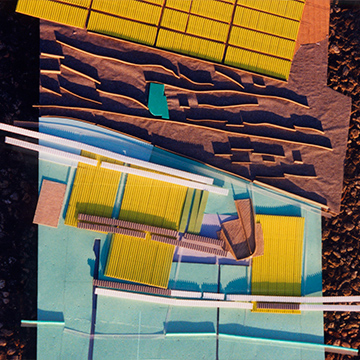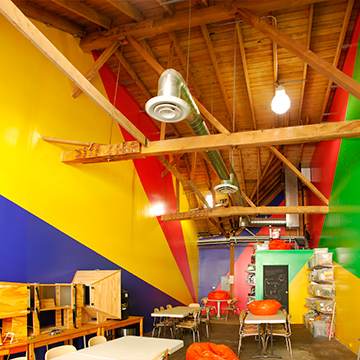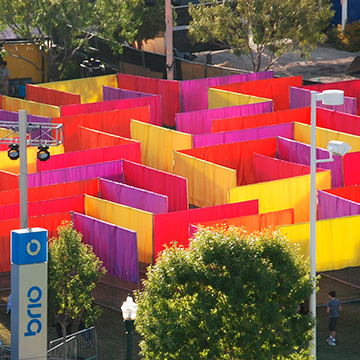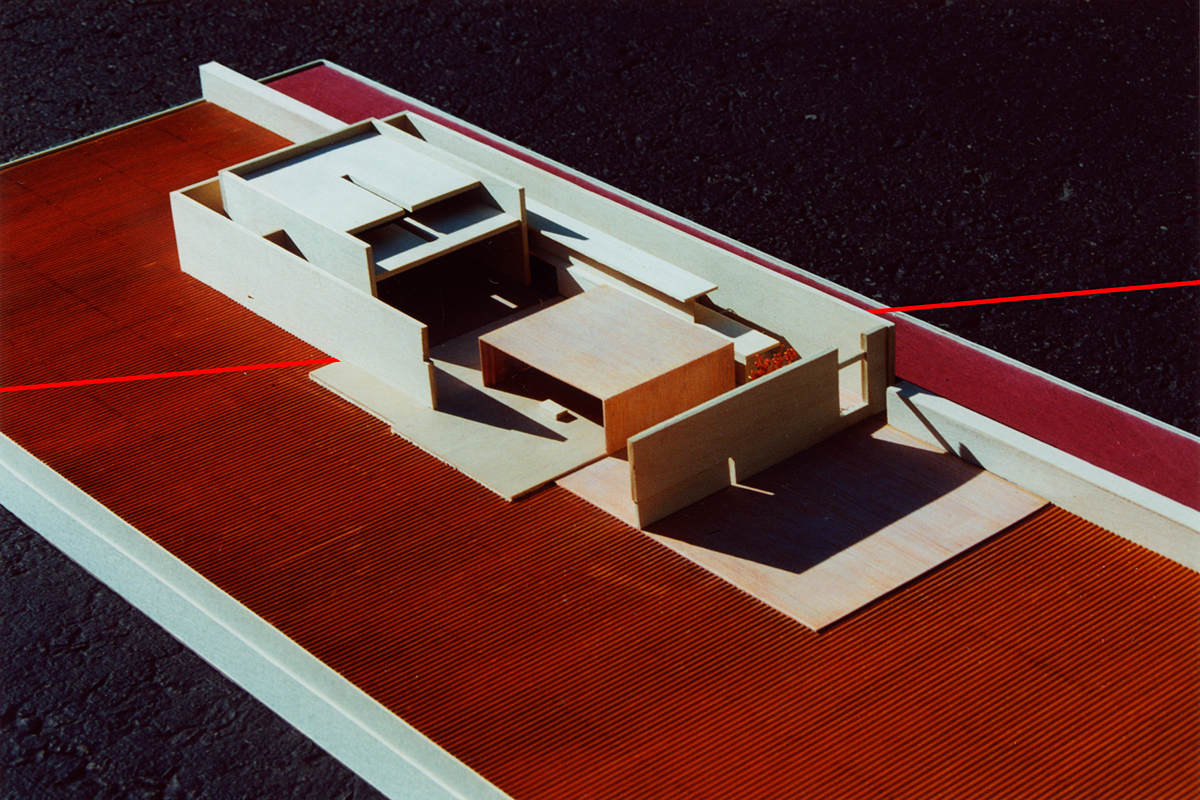
Cross Border Cemetery
Placing a cemetery across the U.S.-Mexico border arose out of the desire to create a spiritual link between people on different sides of the border;
to accentuate the artificiality of the borderline between Mexico and the U.S., that ignores geography and environment;
and to accommodate Tijuana’s desperate need for open green space.
The central cemetery complex “free” zone - a symbolic erasure of the natural ground - straddles the border.
It is contained by burial walls and planted with crosses.
The central chapel grows off of these burial walls and consists of a light wood and glass meeting chapel and a heavy concrete burial chapel.
Architecture &
Landscape Design
Across the US-Mexico border at Tijuana/San Diego
For
MIT MArch Program
Background
The studio called for a project in Tijuana, with an open program.
Ioana has always had a passionate interest in cemeteries - as they are essentially art parks (landscape + sculpture + public) -
and in world religions.
When traveling to a new city, she will typically visit a cemetery in it.
In high school, she used go strolling through Boston’s renown 19th C. Mount Auburn Cemetery, even though her high school just down the street was already adjacent to a 17th C. cemetery.
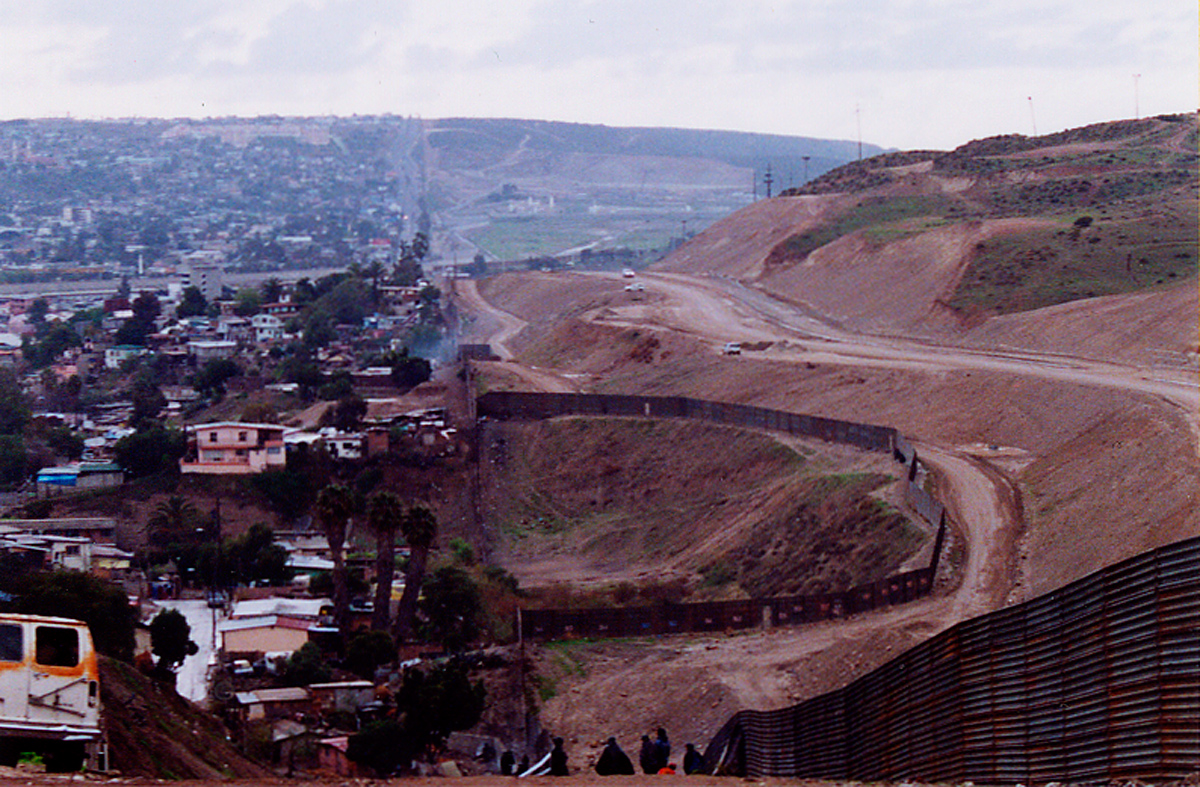

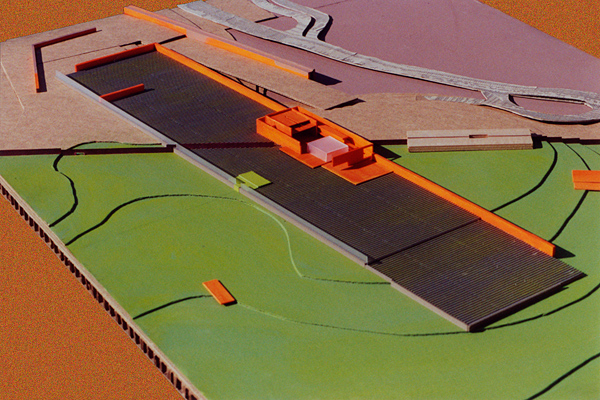
Placing a cemetery across the U.S.-Mexico border arose out of the desire to create a spiritual link between people on different sides of the border;
to accentuate the artificiality of the borderline between Mexico and the U.S., that ignores geography and environment;
and to accommodate Tijuana’s desperate need for open green space.
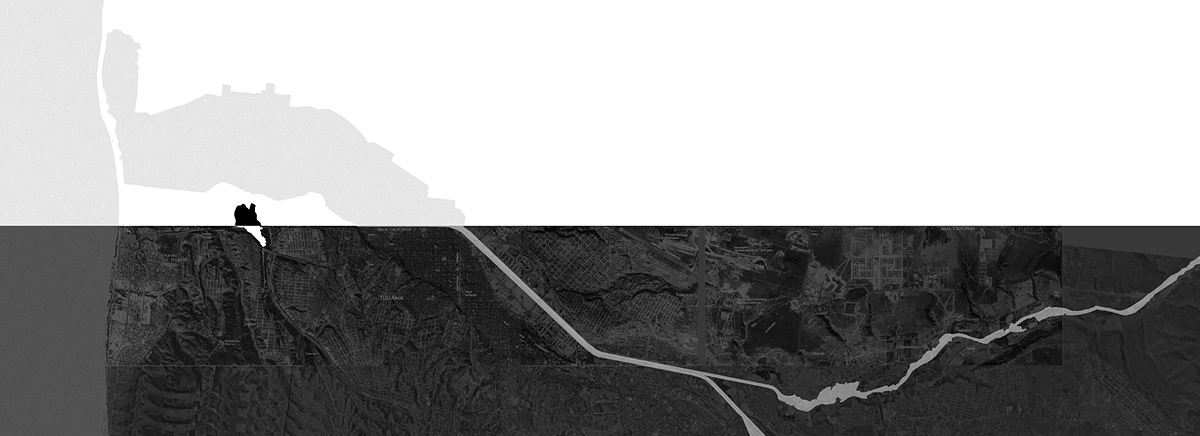


Monte Albán Burial Precinct, Oaxaca, Mexico / Arthur G. Miller
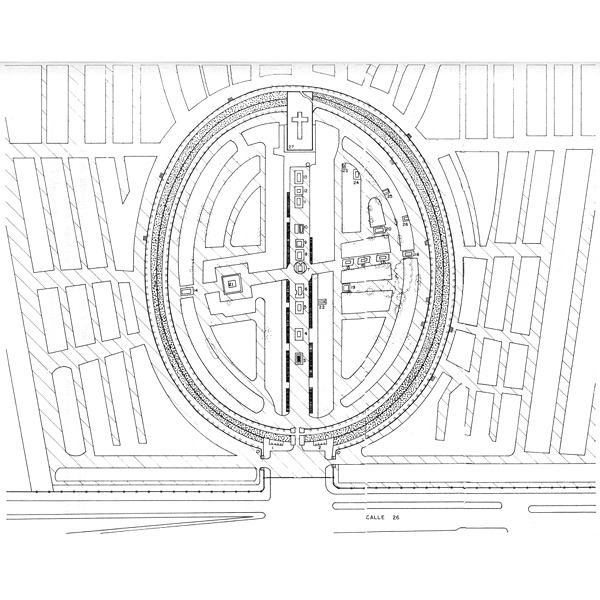
The Central Cemetery, Bogotá, Columbia / Oscar Iván Calvo Isaza
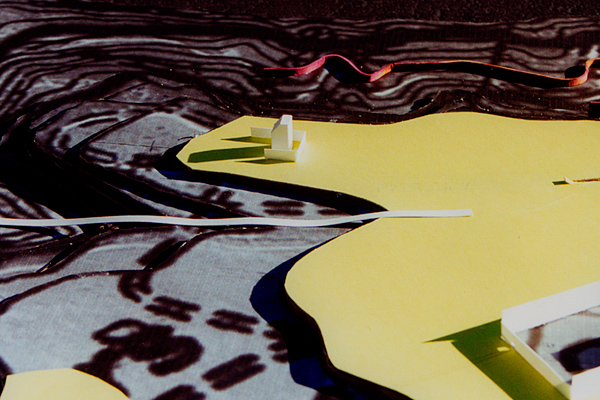
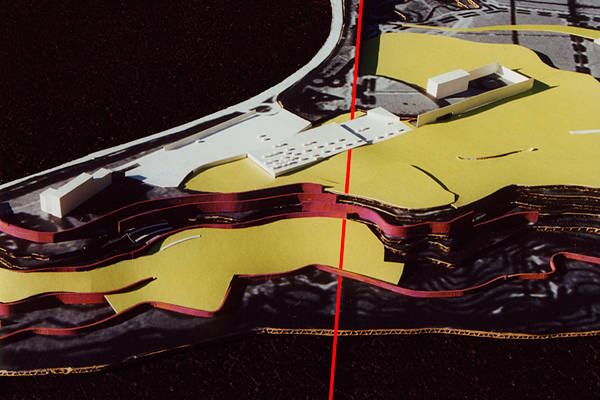
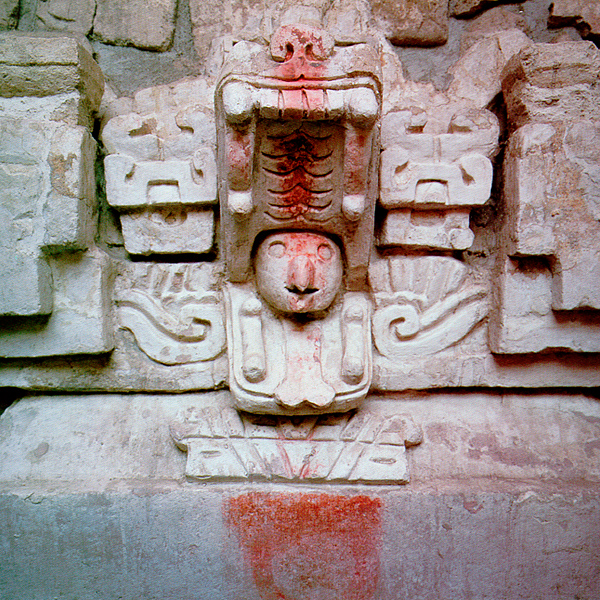
Monte Albán Burial Precinct, Oaxaca, Mexico / Arthur G. Miller
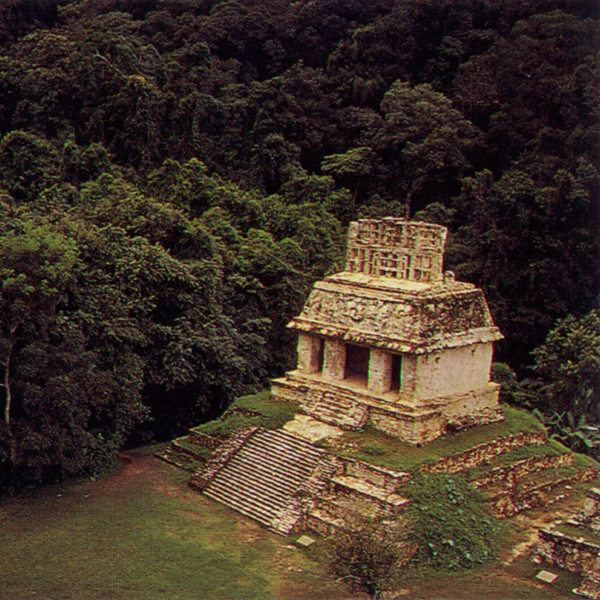
Temple of the Sun, Palenque, Mexico / Arthur G. Miller
People coming from opposite sides of the border first meet in an airy wood chapel which faces a garden, east, and has a view out through the complex’s wall.
It sits raised on a thick concrete platform, inducing a feeling of weightlessness.
The central cemetery complex “free” zone - a symbolic erasure of the natural ground - straddles the border.
It is contained by burial walls and planted with crosses.
The central chapel grows off of these burial walls and consists of a light wood and glass meeting chapel and a heavy concrete burial chapel.
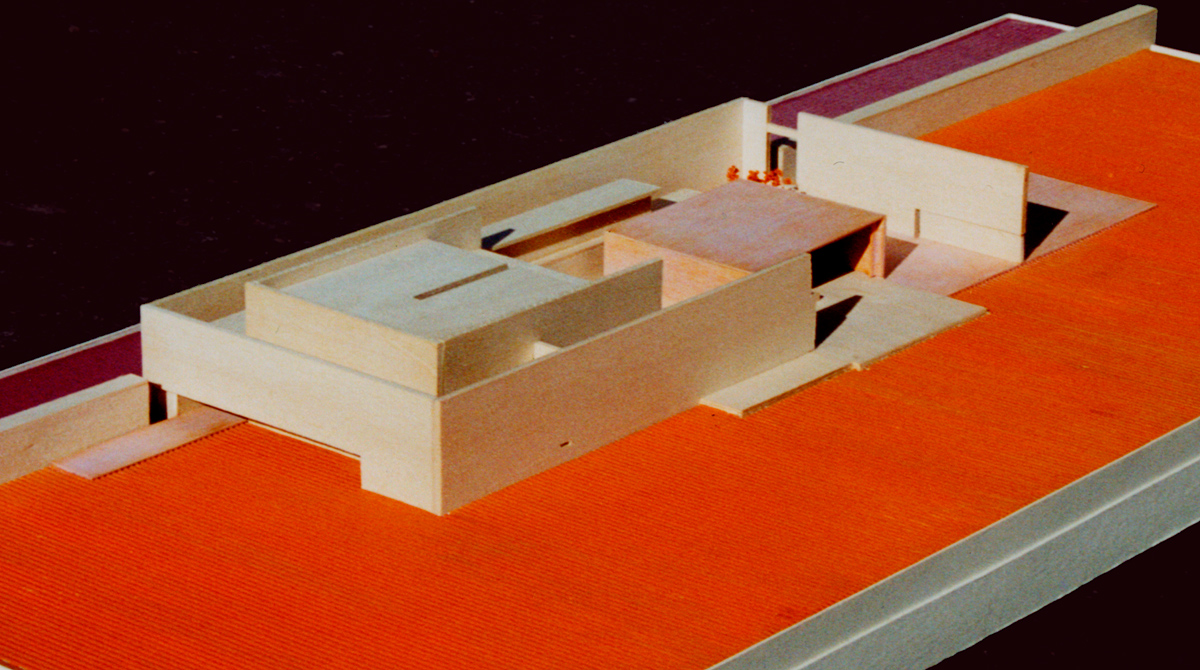
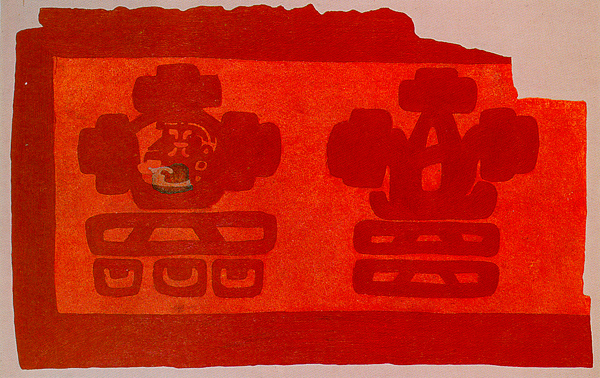
Monte Albán Burial Precinct, Oaxaca, Mexico / Arthur G. Miller
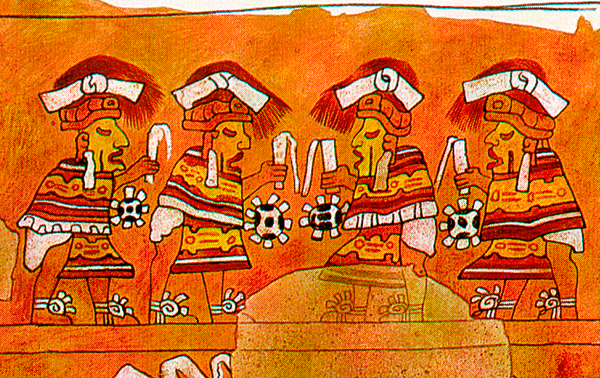
Monte Albán Burial Precinct, Oaxaca, Mexico / Arthur G. Miller
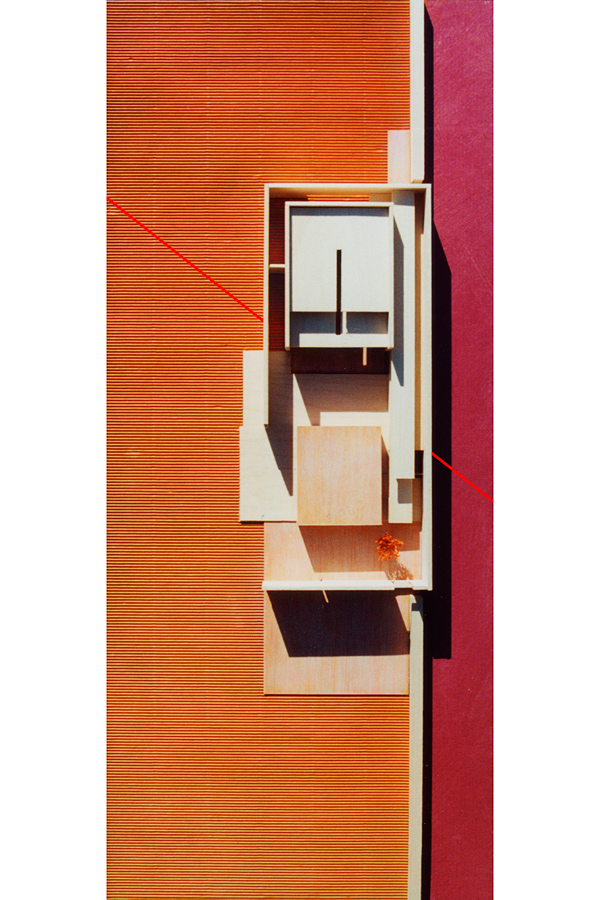
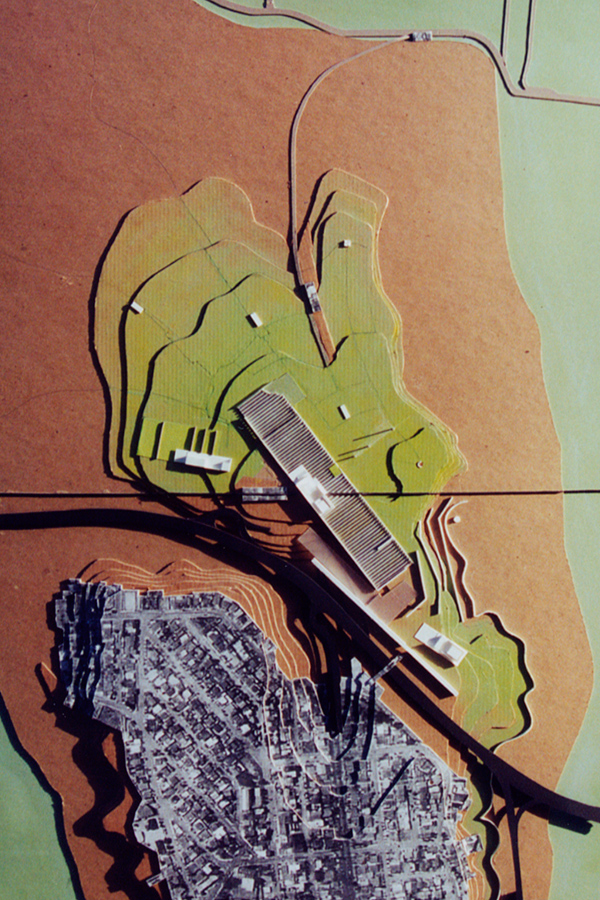
The central chapel grows off of these burial walls and consists of a light meeting chapel and a heavy burial chapel.
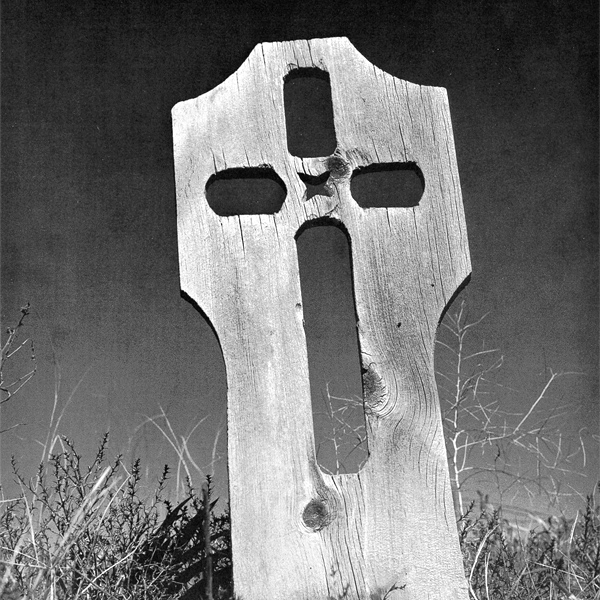
Tex-Mex Grave Marker / Dorothy Benrimo
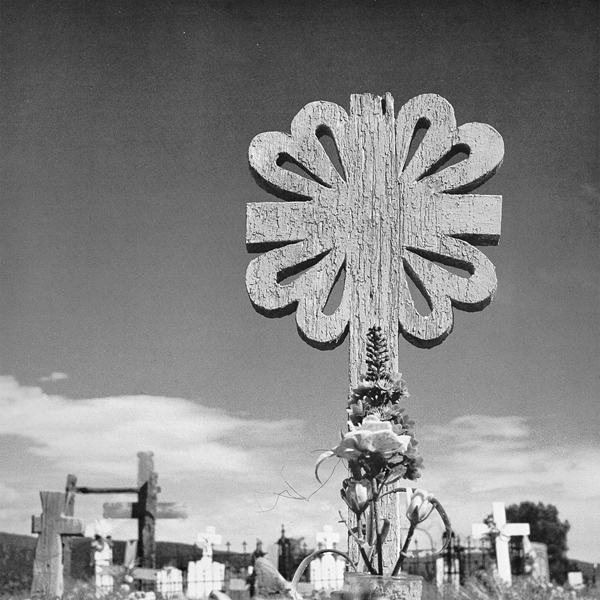
Tex-Mex Grave Marker / Dorothy Benrimo
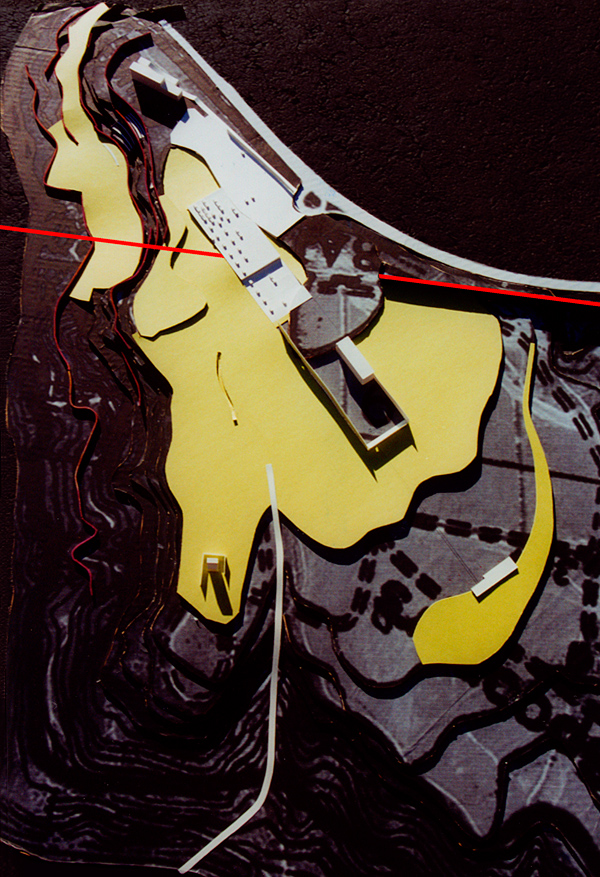
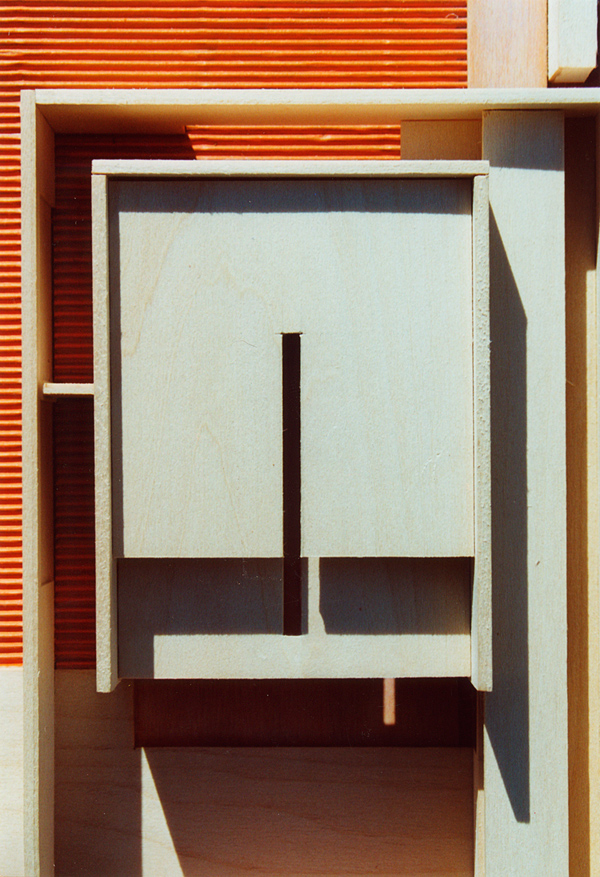
From there, the mourners proceed into the large burial chapel where the spatial experience is an inverse of the previous, as all attention is focused down toward the ground.
The burial chapel is heavy on top and around, with a large, stacked concrete roof and concrete walls hovering over a raw wood and dirt floor.
The dead body is placed symbolically on this dirt floor, on Mexican soil.
This chapel faces Mexico, South.
People coming from opposite sides of the border first meet in an airy wood chapel which faces a garden, east, and has a view out through the complex’s wall.
It sits raised on a thick concrete platform, inducing a feeling of weightlessness.
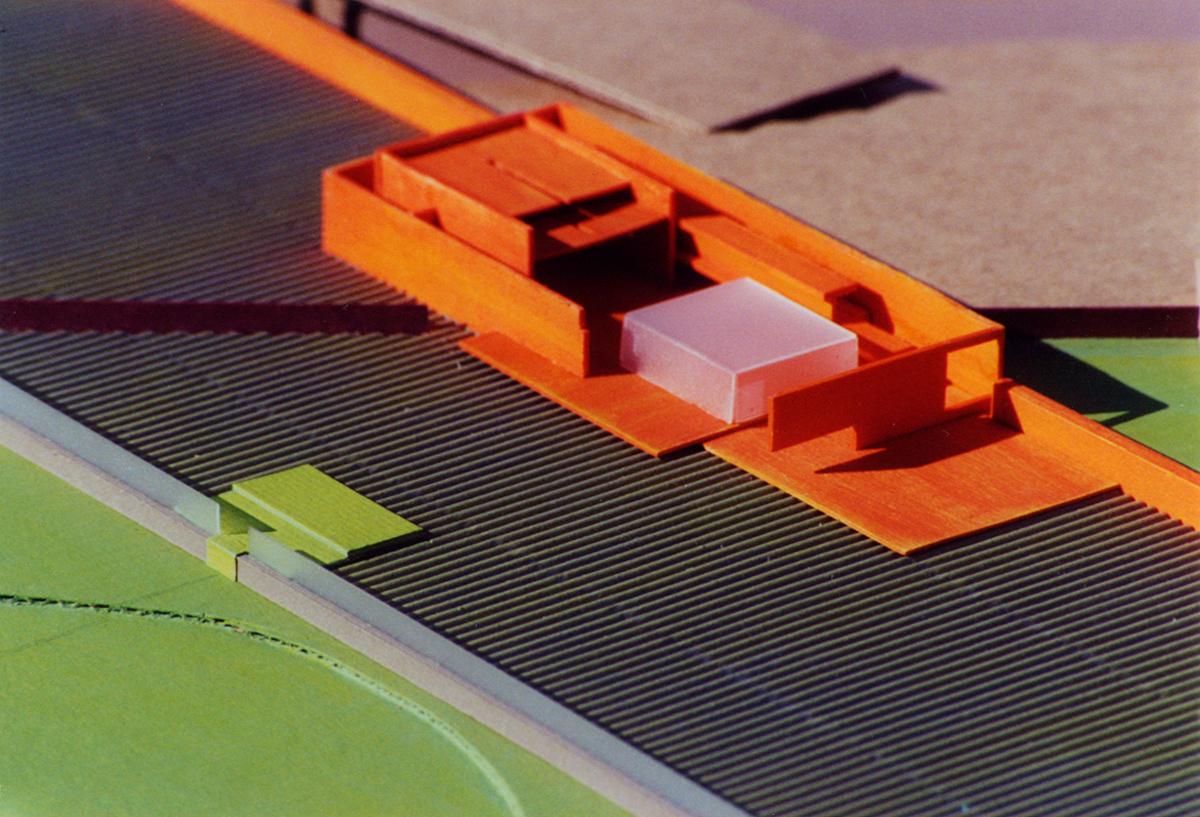
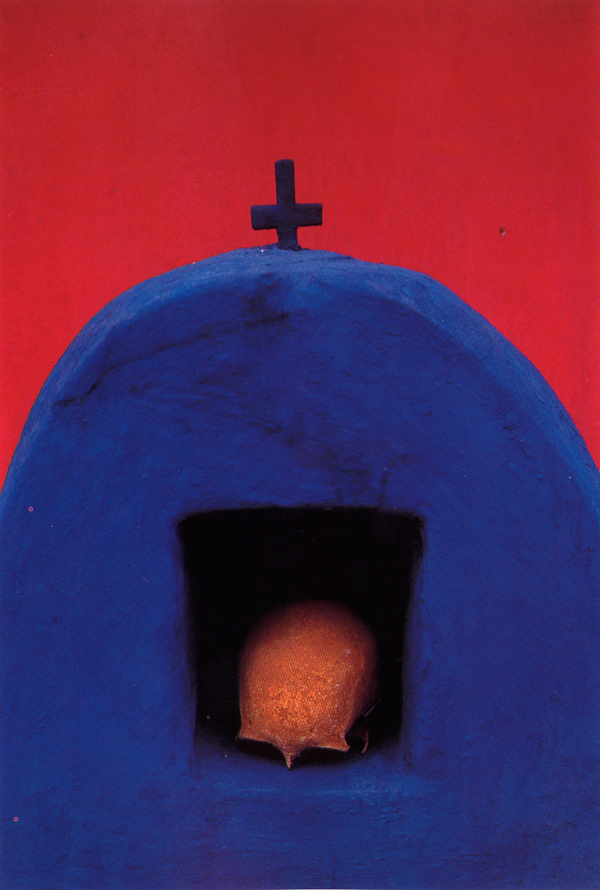
Pomuch, Campeche, Mexico / Jefferey Becom
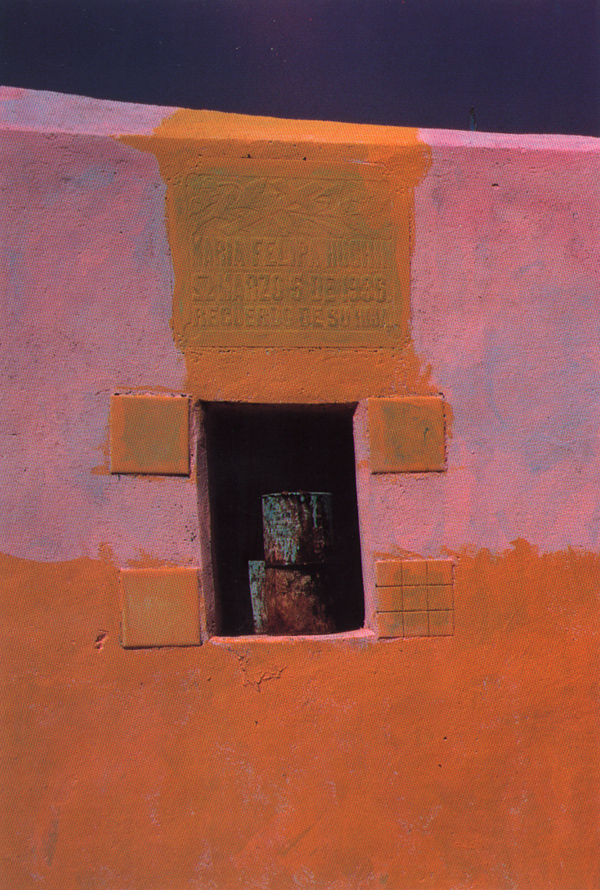
Xocchel, Yucatan, Mexico / Jefferey Becom
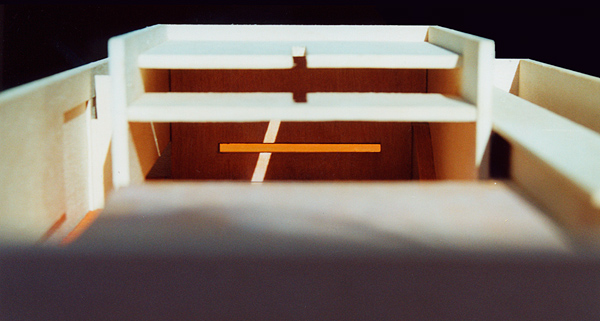
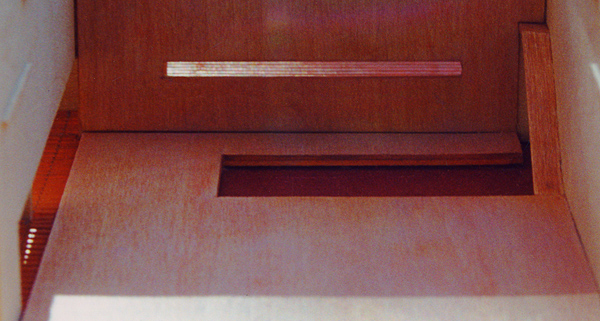
From there, the mourners proceed into the large burial chapel where the spatial experience is an inverse of the previous, as all attention is focused down toward the ground.
The burial chapel is heavy on top and around, with a large, stacked concrete roof and concrete walls hovering over a raw wood and dirt floor.
The dead body is placed symbolically on this dirt floor, on Mexican soil.
This chapel faces Mexico, South.
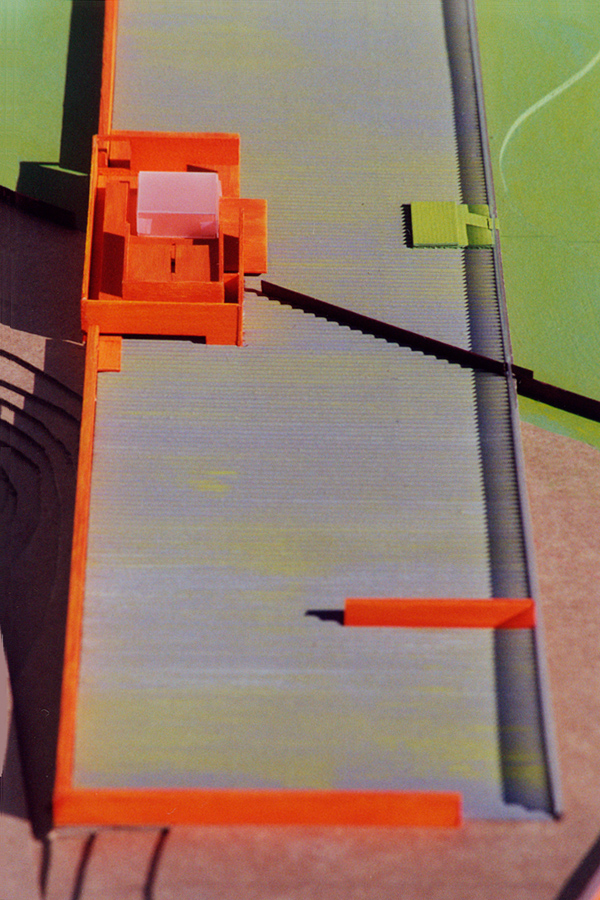
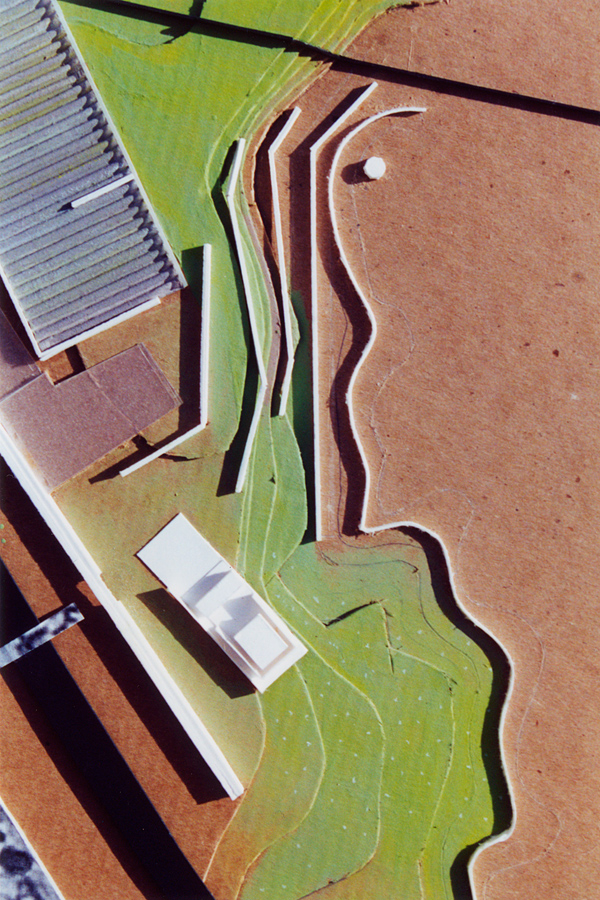
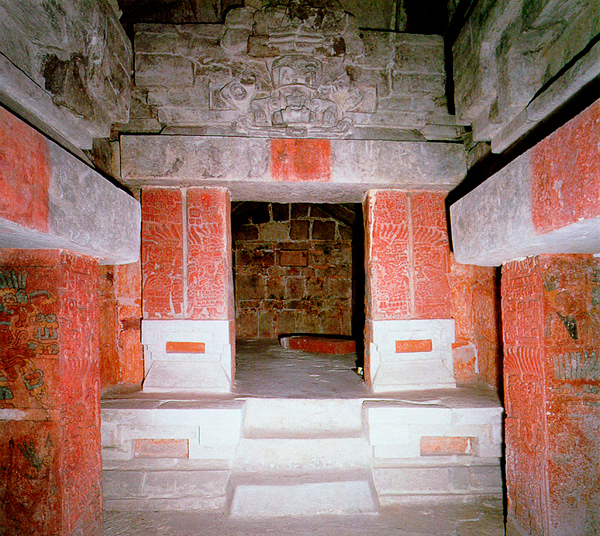
Monte Albán Burial Precinct, Oaxaca, Mexico / Arthur G. Miller
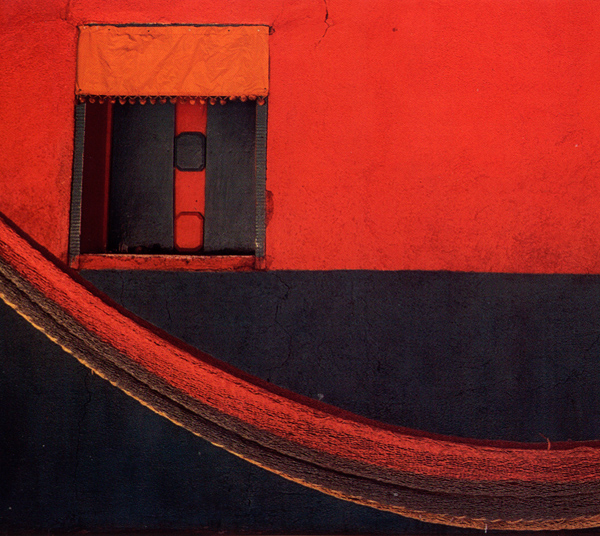
La Venta del Sur, Cholutec, Honduras / Jefferey Becom
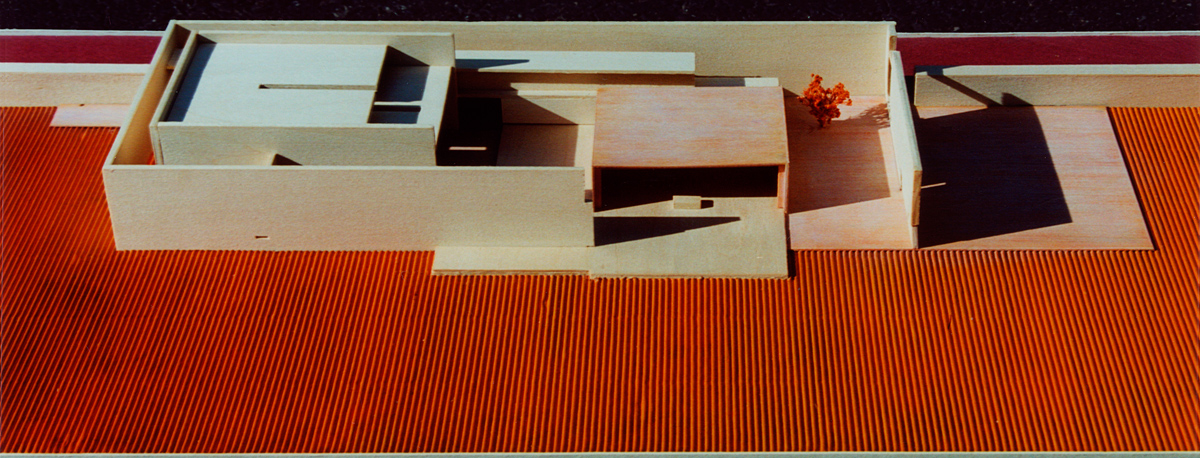
Work/Credits
Design & Program: Ioana Urma.
Project Advisor: Ann Pendleton-Jullian.
Reference Drawings & Photos: Arthur G. Miller (1-6 & 11), Oscar Iván Calvo Isaza (2), Dorothy Benrimo (7 & 8), & Jefferey Becom (9-10, & 12).
Research/Reference Books:
Research/Reference Books:
- + Camposantos: A Photographic Essay by Dorothy Benrimo, 1966.
- + El Cementerio Central: Bogotá, La Vida Urbana y la Muerte by Oscar Iván Calvo Isaza, 1998.
- + Igualada Cemetery: Enric Miralles and Carme Pinós by Anatxu Zabalbeascoa, 1996.
- + Luis Barragán: Mexico’s Modern Master, 1902-1988 by Antonio Riggen Martinez, 1996.
- + Maya Color: The Painted Villages of Mesoamerica by Sally Jean Aberg & Jeffrey Becom, 1997.
- + Tallum - Gunnar Asplund’s and Sigurd Lewerentz’s Woodland Cemetery by O. H. Bengt Johansson, 1996.
- + The Life and Work of Luis Barragán by José María Buendía Júlbez, 1997.
- + The Painted Tombs of Oaxaca, Mexico: Living with the Dead by Arthur G. Miller, 1995.
- + The Woodland Cemetery: Toward a Spiritual Landscape by Caroline Constant, 1994.
